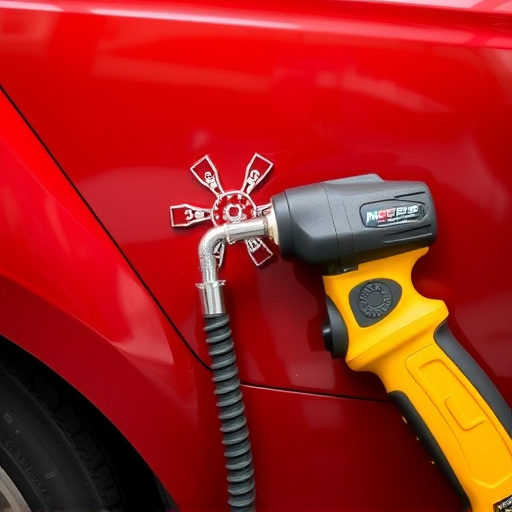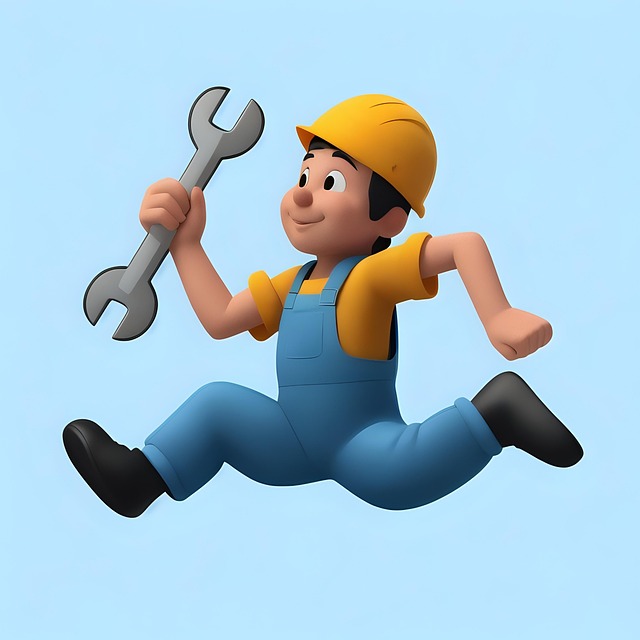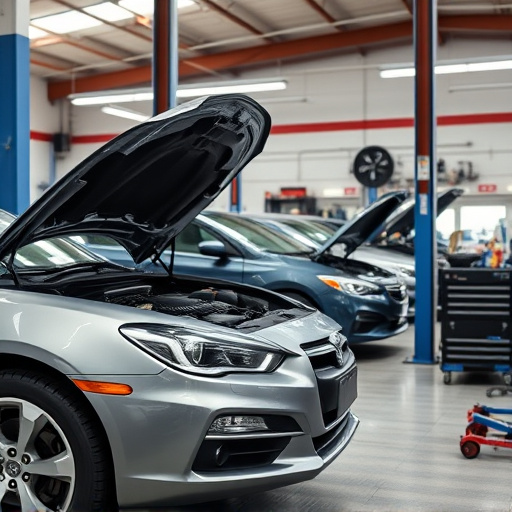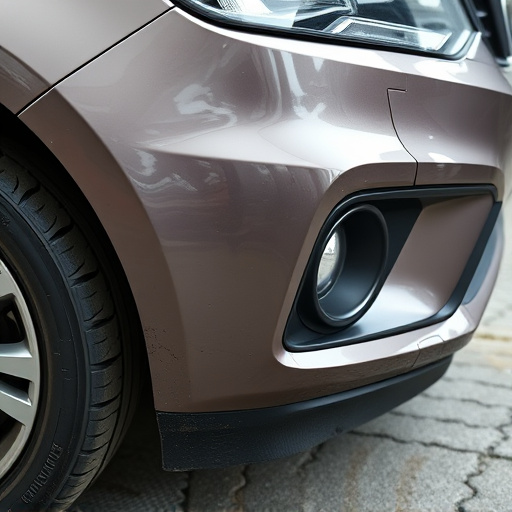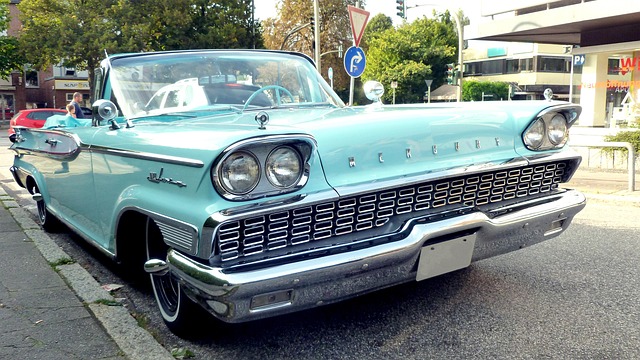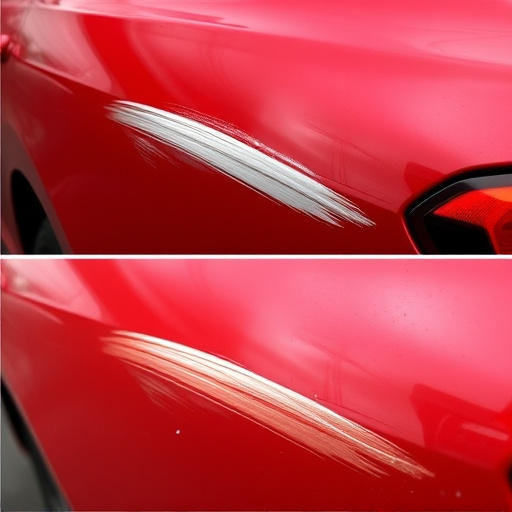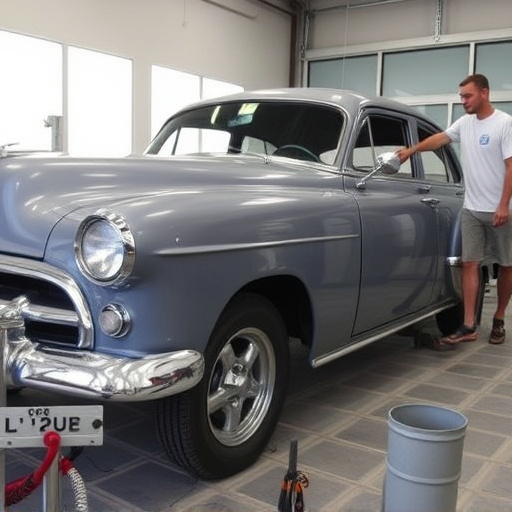Tesla's Adaptive Suspension Systems offer advanced driving dynamics but require specialized repair due to complexity and unique electric car issues. Accurate diagnosis through data analysis identifies problems, from software glitches to mechanical failures. A systematic approach involving advanced tools and expert training ensures proper repairs, extending suspension lifespan and maintaining vehicle performance and comfort.
Tesla’s Adaptive Suspension Systems offer a smooth, dynamic ride, but repairs are crucial for optimal performance. Understanding these complex systems and interpreting diagnostic reports is key. This guide deciphers the intricacies of Tesla adaptive suspension repair, providing insights into effective strategies. Learn how to navigate through diagnostic data, identify issues, and implement successful fixes for a seamless driving experience.
- Understanding Tesla Adaptive Suspension Systems
- Decoding Diagnostic Reports for Repairs
- Effective Strategies for Adaptive Suspension Repair
Understanding Tesla Adaptive Suspension Systems

Tesla’s Adaptive Suspension Systems are a groundbreaking feature designed to revolutionize the driving experience. These sophisticated systems use advanced sensors and actuators to continuously adjust the vehicle’s ride height, stiffness, and damping in real-time, providing unparalleled control and comfort. By adapting to road conditions, driver preferences, and even cargo weight, Tesla vehicles offer a smoother, more responsive drive than traditional suspension setups. This technology is particularly notable for its ability to enhance handling dynamics while also ensuring passenger comfort during both everyday driving and long-distance journeys.
Understanding these systems is crucial when it comes to Tesla adaptive suspension repair. Unlike conventional repairs, addressing issues with this advanced technology requires specialized knowledge and tools. When a problem arises, such as unusual ride height variations or a loss of control, vehicle owners should turn to reputable collision repair centers equipped with the latest diagnostic tools. Professional mechanics can accurately identify the root cause, whether it’s a faulty sensor, damaged actuators, or software glitches, and perform the necessary repairs or replacements to restore the system’s optimal performance. This ensures not only the safety of Tesla drivers but also maintains the vehicle’s advanced capabilities, including its signature comfort and handling characteristics, for years to come, even in the context of classic car restoration efforts.
Decoding Diagnostic Reports for Repairs

Decoding diagnostic reports for Tesla adaptive suspension repairs is a critical step in ensuring accurate and efficient service. These reports provide detailed insights into the vehicle’s performance and any issues encountered, particularly focusing on the luxury vehicle repair aspects unique to electric cars. By carefully analyzing data from sensor readings and driver feedback, auto repair services can identify specific components within the adaptive suspension system that may require attention.
Understanding the language of these reports allows technicians to pinpoint problems ranging from software glitches affecting ride quality to mechanical failures in individual shocks or struts. This knowledge is essential for performing specialized vehicle paint repair, if necessary, after replacing faulty parts, ensuring the vehicle returns to its optimal state with a seamless finish.
Effective Strategies for Adaptive Suspension Repair

When addressing Tesla adaptive suspension repair, a systematic approach is key to success. Start by thoroughly reviewing the diagnostic report, pinpointing specific issues within the complex system. Each component—from sensors to actuators—must be carefully assessed for damage or malfunction. Advanced tools and specialized training are essential to accurately diagnose problems in this sophisticated system.
Effective strategies involve utilizing a combination of expert knowledge and cutting-edge technology. A reputable vehicle body shop with experienced technicians can perform meticulous disassembly and inspection, identifying worn or faulty parts. Replacing these components, while ensuring proper calibration, guarantees the adaptive suspension functions optimally. Regular maintenance checks and prompt attention to warning signs significantly extend the lifespan of this advanced system in car repair shops, ultimately enhancing vehicle handling and passenger comfort.
Tesla’s Adaptive Suspension systems, as evidenced in diagnostic reports, require a nuanced understanding and targeted strategies for effective repairs. By deciphering these reports, technicians can efficiently navigate the complex landscape of Tesla vehicle maintenance. Embracing proven strategies ensures optimal performance and enhances the overall driving experience for Tesla owners. Remember that staying informed about Tesla adaptive suspension repair techniques is key to keeping these innovative vehicles on the road smoothly.
